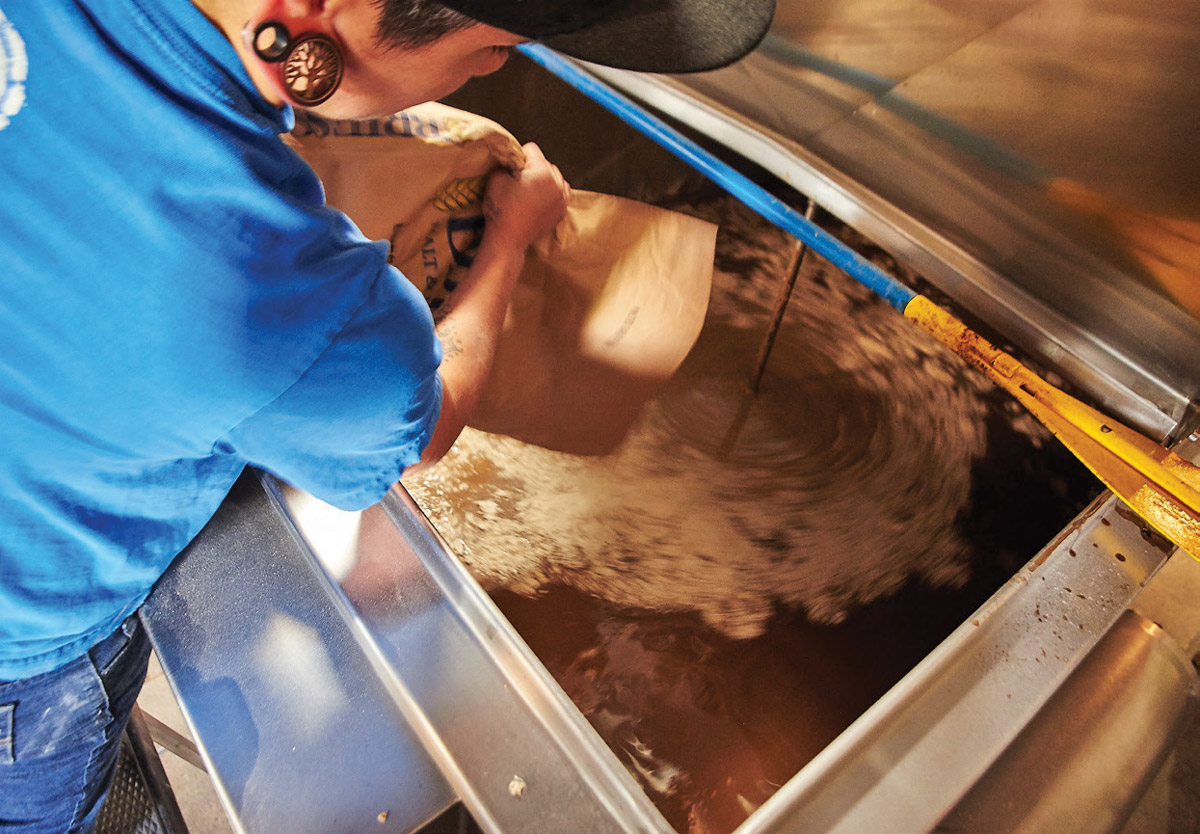Getting to the Bottom of What's in Your Glass
“Grain-to-glass” has become synonymous with small-batch distilling, but it’s an unregulated term. Says Wood, “It refers to production that starts with grain and ends in a ready-to-drink product.”
Many distilleries, however, purchase bulk neutral grain spirit (NGS, or GNS), as the cost of raw ingredients is often prohibitive and it can be difficult for small farms to meet demand. Making spirits with NGS doesn’t necessarily mean the resulting products are inferior, nor are grain-to-glass spirits always better. Grain-to-glass distilleries do offer transparency in sourcing, and help support family farms; if they’re sourcing heirloom grains or other crops, plant biodiversity is an added benefit.
Ultimately, the quality of the raw ingredients, combined with a distiller’s mastery at blending, maceration and aging, is what makes for a great spirit. We encourage you to visit tasting rooms and ask questions to educate yourself as a consumer, but you should purchase what you enjoy.




